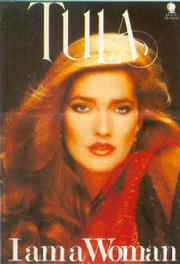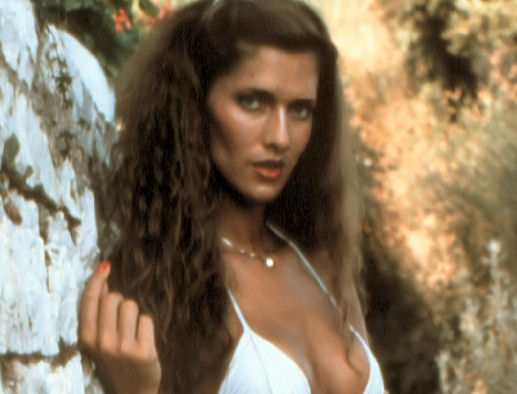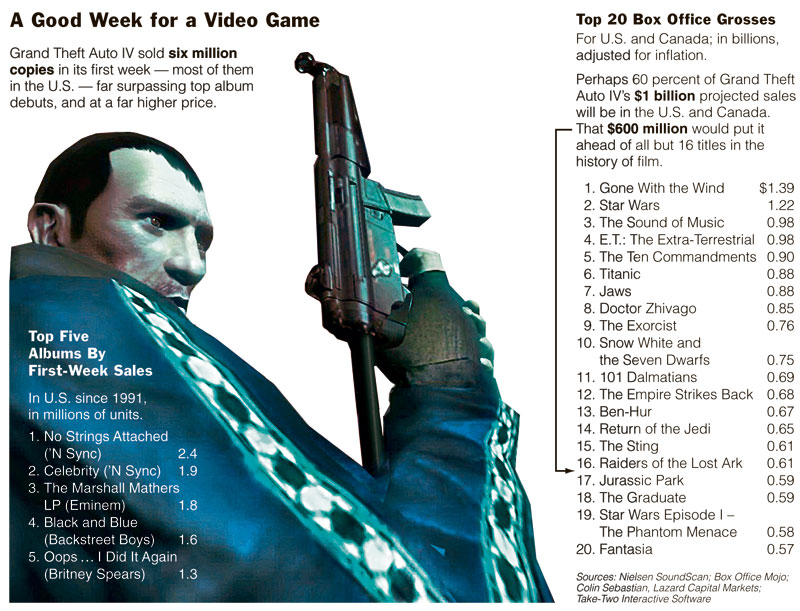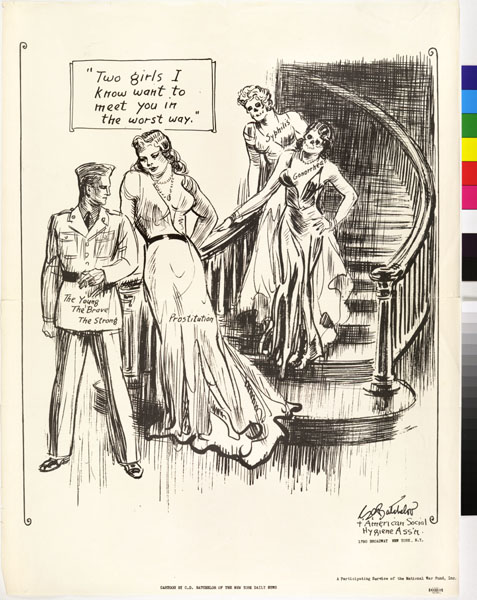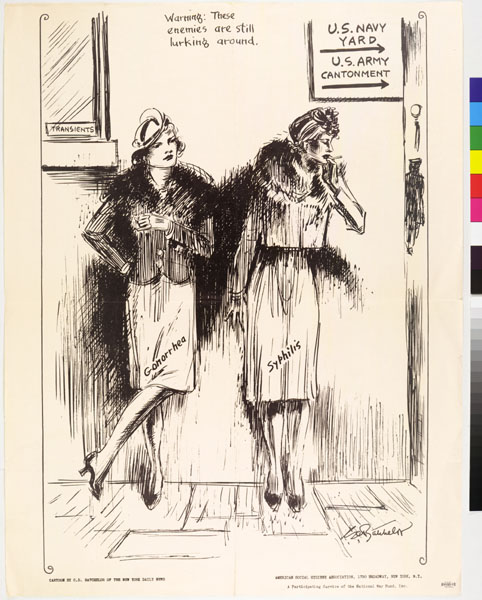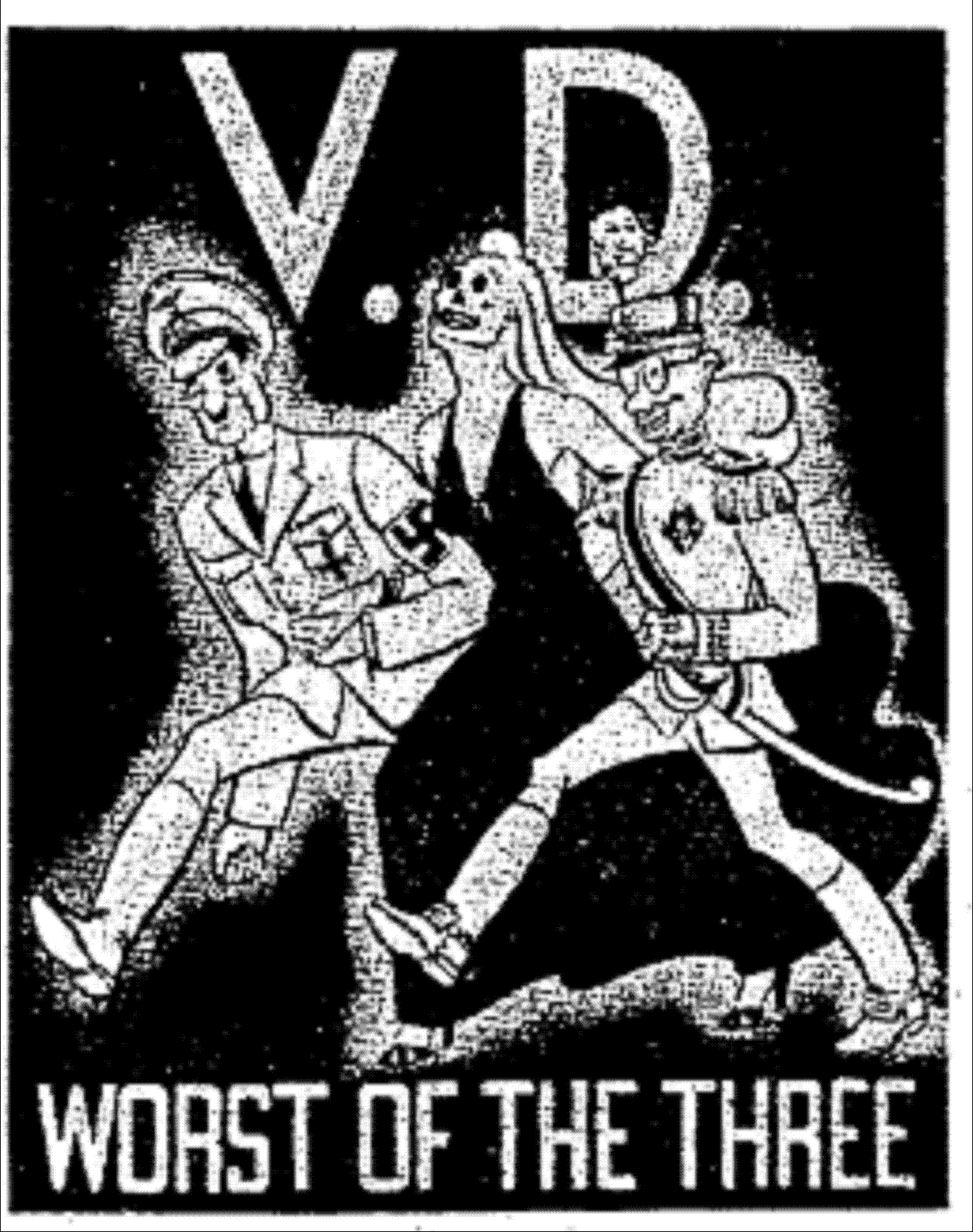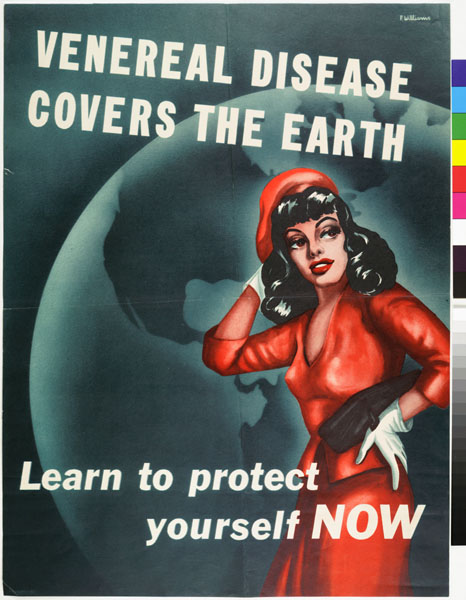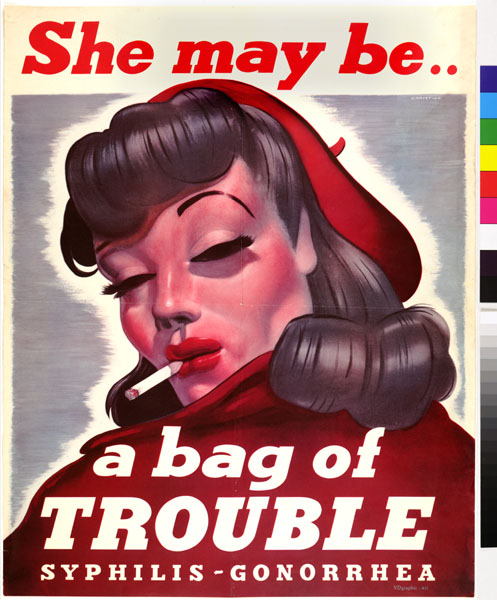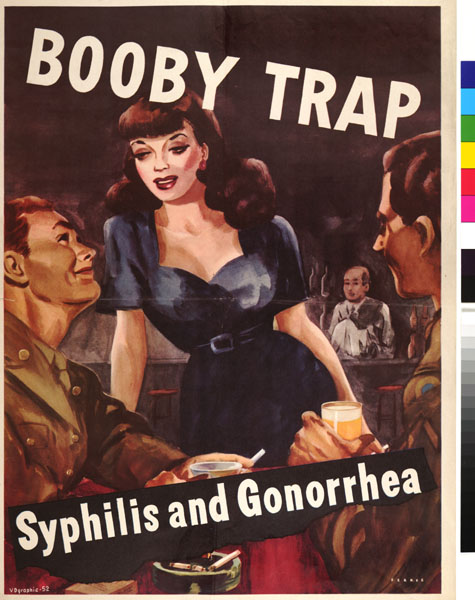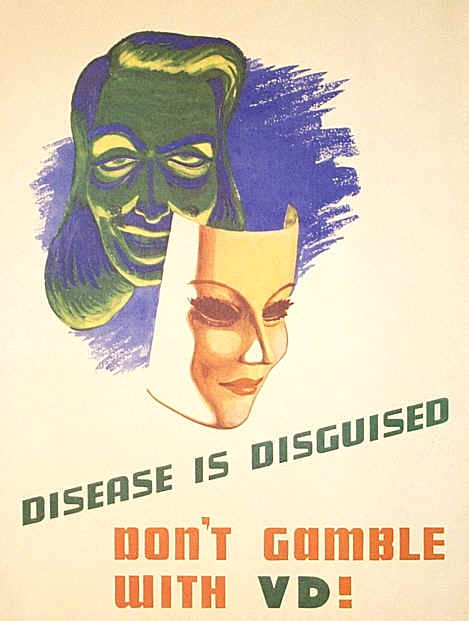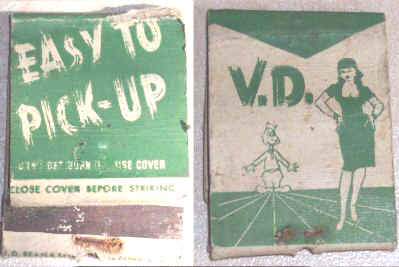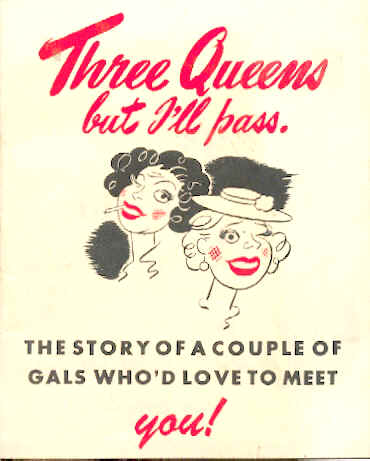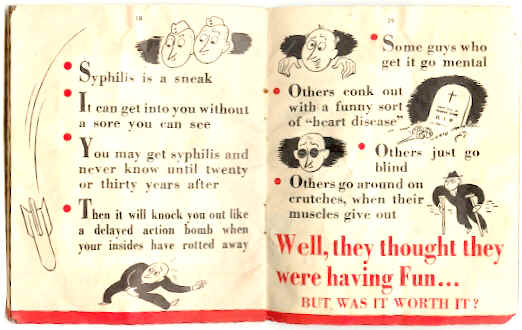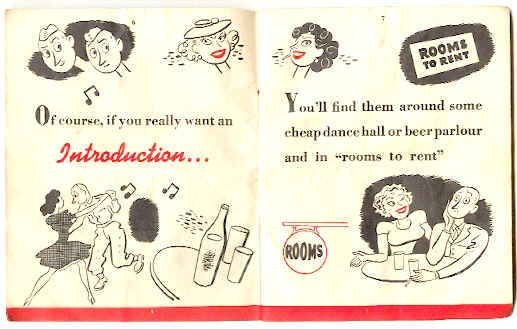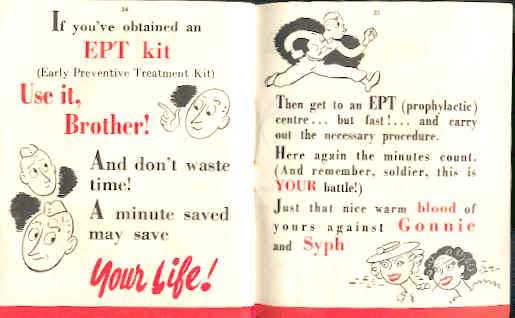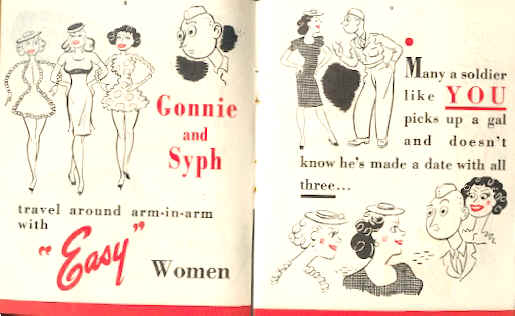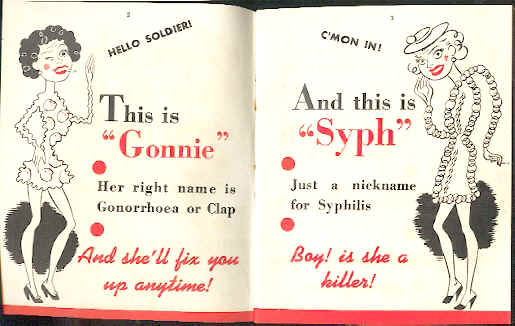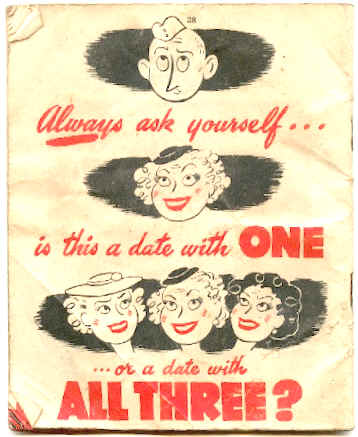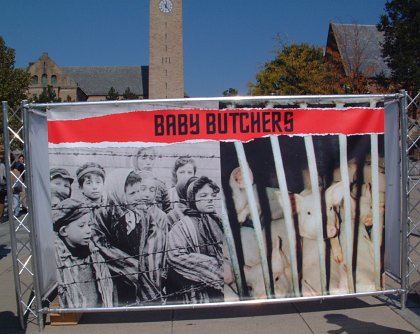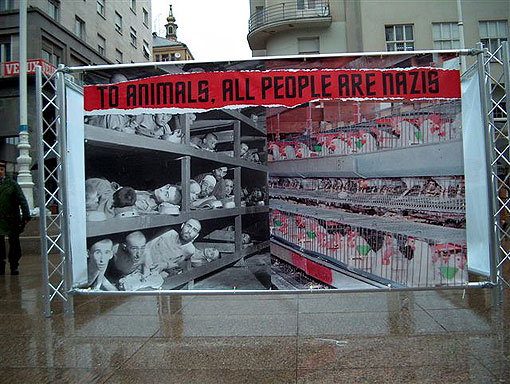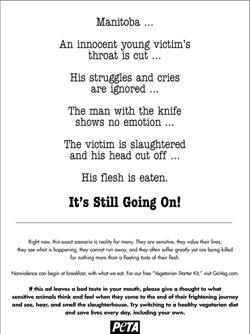Caroline Cossey (also known as Tula) is a British male-to-female transsexual who had a successful career as a model and some small movie roles; Cossey also appeared in Playboy in 1981. In 1982 a tabloid broke the story that she was a transsexual, which ended her modeling career. Here is the cover (found here) of her autobiography, which she wrote soon after being outed:
Cossey was born with Klinefelter’s syndrome, a form of genetic intersexuality.
Here are some other pictures of her:

Found here.
Found here.
You can watch a segment on her that aired on the TV program Hard Copy here.
These might be interesting for discussions of intersexuality, sex-reassignment surgery, and our ideas of the gender binary that everyone must fit into–as well as the outrage people often feel if they’ve been “fooled” by someone who manages to “pass” as a gender different from what they “really” (read “biologically”) are. You might compare this to the story of Brandon Teena, a female-to-male transsexual who was raped, beaten, and murdered by two men in a small town in Nebraska in 1994 after they discovered he was a transsexual (who had not had sex-reassignment surgery). Teena was, of course, the subject of the movie “Boys Don’t Cry,” but there is also a documentary about him, “The Brandon Teena Story,” which includes interviews with his girlfriend and members of the community.

